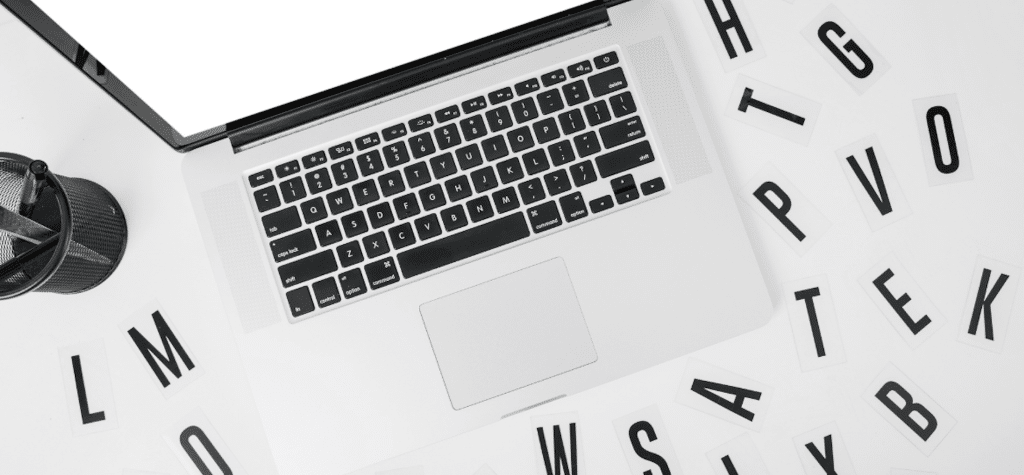In the vast ocean of web design, typography emerges as a beacon, guiding users through the text with ease and flair. It’s far more than just choosing fonts; it’s an art that balances form and function, influencing how information is perceived and interacted with online. For anyone diving into the world of web design, understanding typography’s role is essential—not just for aesthetic appeal but for enhancing user experience and engagement. This article, presented by EraBright, a web design agency in Atlanta, GA, will explore how typography shapes web design, focusing on readability and style, ensuring even novices can grasp the importance of well-chosen text on the web.
Typography: The Silent Communicator
Typography in web design does more than convey written information; it sets the tone, evokes emotion, and establishes brand identity. The choice of font, size, color, and spacing can significantly impact how users digest content and interact with a website. Good typography guides the reader’s eye, leading them through the content in a logical and enjoyable manner. It’s a silent communicator, subtly influencing the user’s perception and actions on a site.
Enhancing Readability with Typography
Readability is paramount in web design. After all, what use is a website if its content is hard to read? Typography plays a crucial role here. Selecting the right font type is the first step; sans-serif fonts like Arial and Helvetica are often favored for their clarity and simplicity on digital screens. Font size also matters; too small, and readers strain their eyes; too large, and the text feels overwhelming. Line spacing, paragraph spacing, and line length further contribute to readability. Adequate spacing prevents text from appearing cluttered, making content more digestible. By considering these elements, designers create a user-friendly reading experience that encourages visitors to stay longer and engage more deeply with the content.
Infusing Style into Web Design Through Typography
Typography is a powerful tool for infusing style and personality into a website. It can reinforce a brand’s identity and differentiate it from competitors. The choice of font style, for instance, can reflect a brand’s character—whether it’s traditional, modern, whimsical, or elegant. Beyond font selection, creativity with typography can bring a unique aesthetic to a site. Techniques like using contrasting fonts for headings and body text, employing text as a design element, or introducing dynamic typography animations can add visual interest and depth, captivating users and enhancing the overall design.
Best Practices for Typography in Web Design
To harness typography’s full potential, there are several best practices designers should follow:
- Consistency is Key: Maintain a consistent typographic hierarchy throughout the site, using the same set of fonts, sizes, and styles for headings, subheadings, and body text to create a cohesive look.
- Contrast for Clarity: Ensure high contrast between text and background colors to improve readability, especially for users with visual impairments.
- Limit Font Varieties: Using too many different fonts can create a disjointed and confusing experience. Stick to a few complementary fonts for a harmonious design.
- Responsive Typography: Just as web design must be responsive, so too should typography. Font sizes and line spacing should adjust based on screen size to ensure text remains readable on any device.
The power of typography in web design cannot be overstated. It’s not merely about making words look attractive; it’s about crafting an experience that communicates effectively, engages users, and expresses the unique essence of a brand. By prioritizing readability and incorporating stylistic elements through typography, designers can elevate the user experience, making websites not just a pleasure to read but a pleasure to behold.
Whether you’re a budding designer or a brand looking to revamp your online presence, understanding and implementing the principles of effective typography is crucial. As showcased by EraBright, a leader in web design, typography is an integral component of creating successful, user-centric websites that stand out in the digital age. By focusing on the subtle yet powerful role of typography, you can transform your site into an engaging, expressive, and accessible platform for all users.
